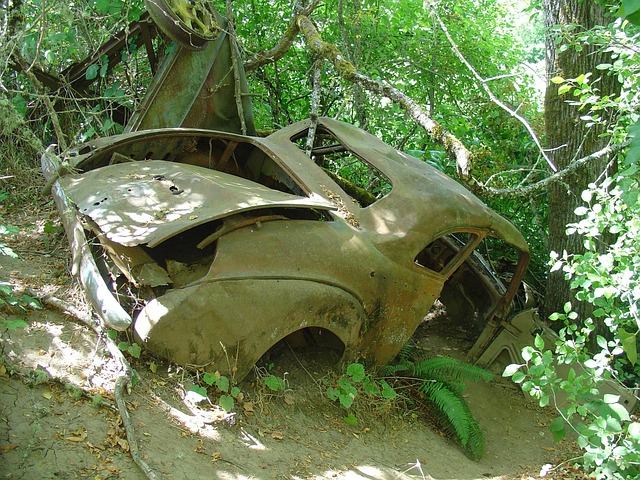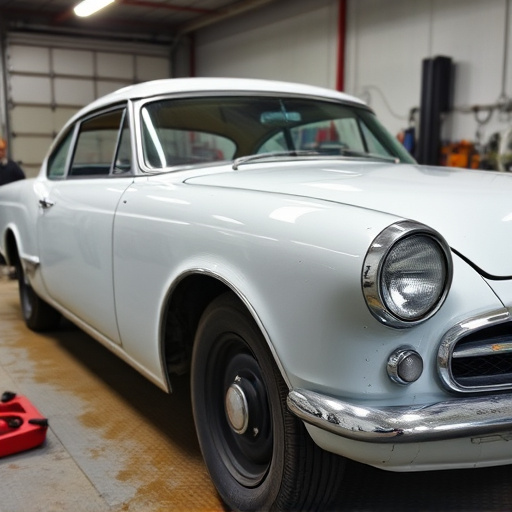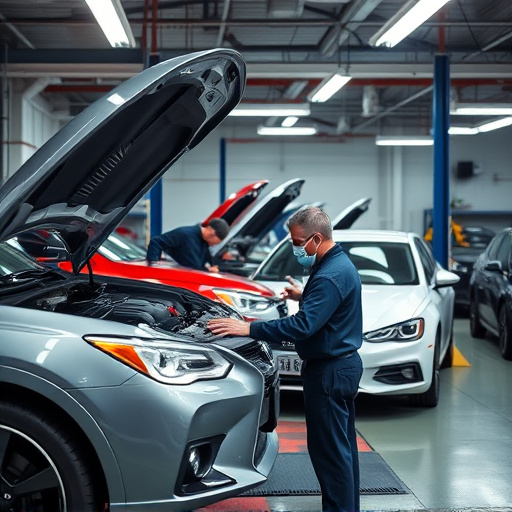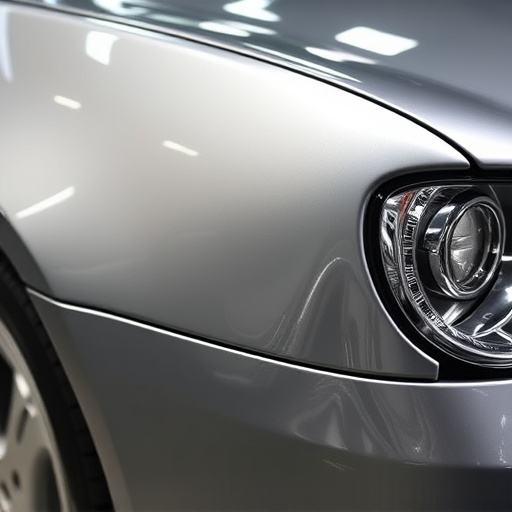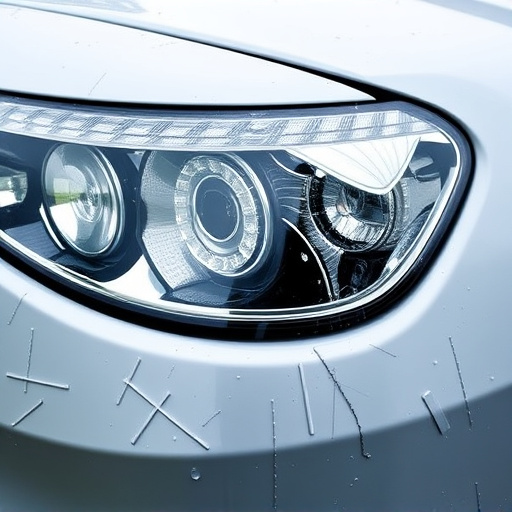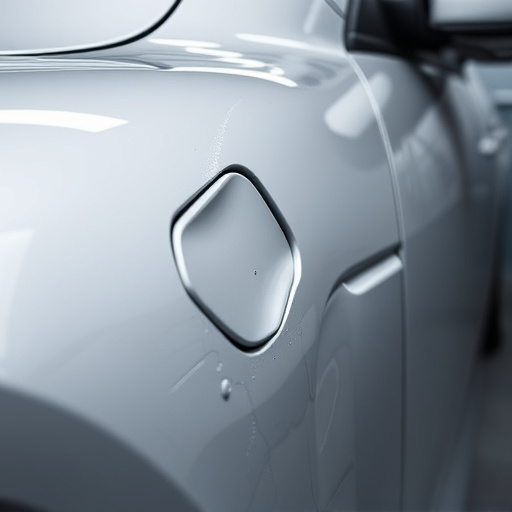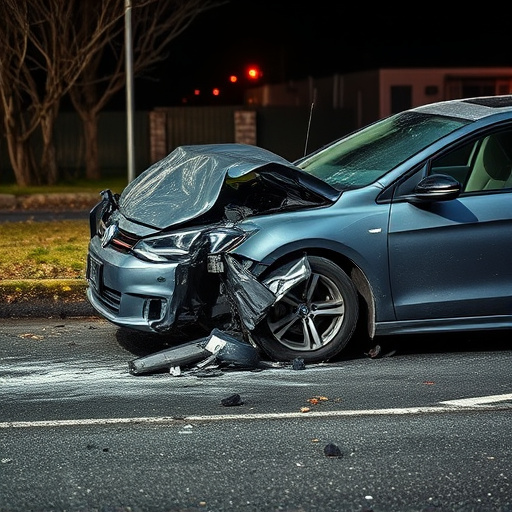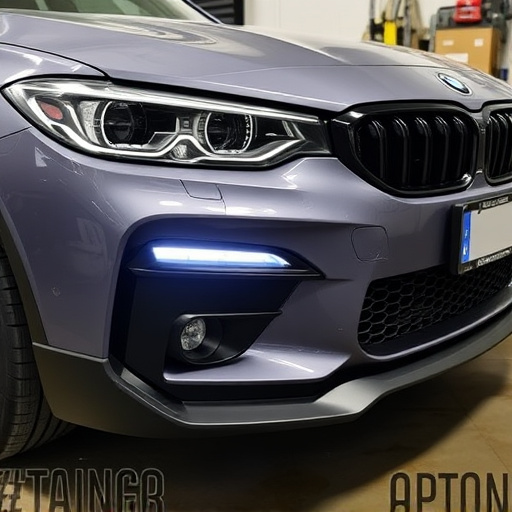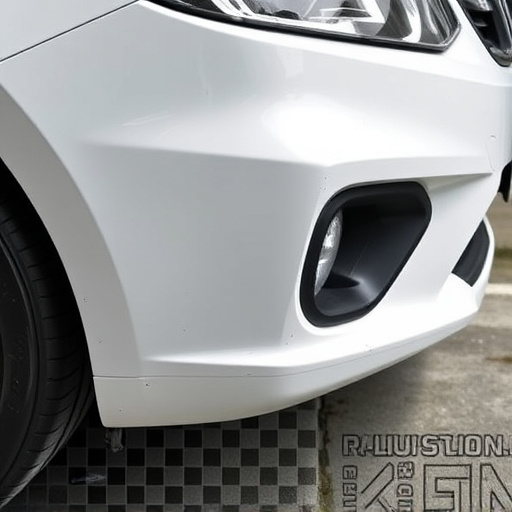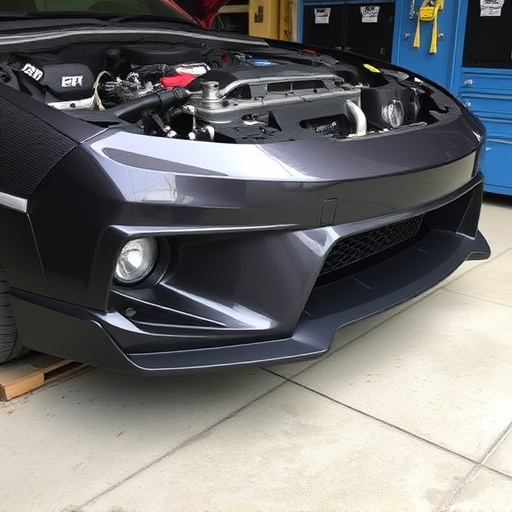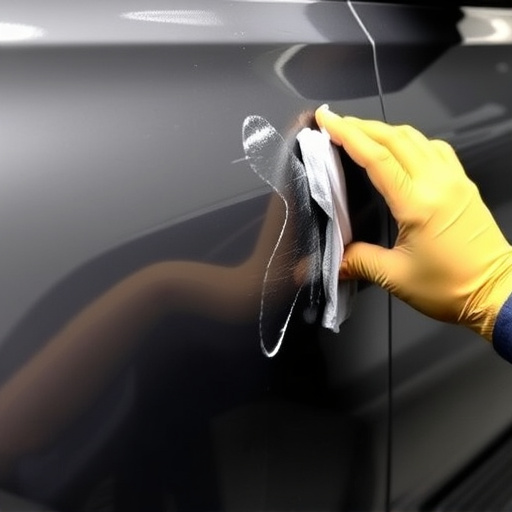Tesla composite material, a high-tech polymer, requires specialized repair techniques for dents, scratches, and cracks. DIY repairs carry risks of misalignment, voided warranties, and long-term damage. Professional services use advanced tools, adhesives, and strategies to restore structural integrity and aesthetic value, preserving vehicle safety, design, and resale value.
Tesla vehicles are renowned for their innovative design, including the use of composite materials. However, understanding and repairing these components can be challenging. This article delves into the world of Tesla composite repair, exploring both DIY risks and professional solutions. We examine the unique characteristics of Tesla composite materials and common damage types. By weighing the pros and cons of DIY repairs, we empower owners with knowledge, guiding them towards effective and safe restoration methods.
- Understanding Tesla Composite Material and Common Damage
- DIY Risks: What You Need to Know Before Starting
- Professional Solutions: Repair Techniques and Best Practices
Understanding Tesla Composite Material and Common Damage
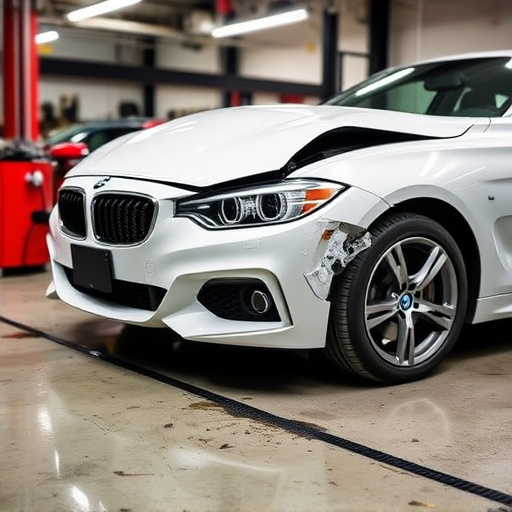
Tesla composite material, a revolutionary fiber-reinforced polymer, forms the exterior of many modern Tesla vehicles. This advanced material offers exceptional strength-to-weight ratio and superior durability compared to traditional metal body panels. However, understanding its unique properties is crucial for effective Tesla composite repair. Common damage includes dents, scratches, and cracks caused by minor collisions or road debris, which can compromise the vehicle’s aesthetic appeal and structural integrity.
Recognizing these issues early on is key. Minor damage, if left unattended, can lead to more extensive and costly repairs. Regular inspections and prompt action are essential in preserving the pristine condition of Tesla vehicles. A DIY approach might seem appealing for minor damages, but for complex repairs, seeking assistance from a reputable collision center specializing in composite repair is advisable. They possess the expertise and tools required to ensure precise restoration without compromising the material’s integrity.
DIY Risks: What You Need to Know Before Starting
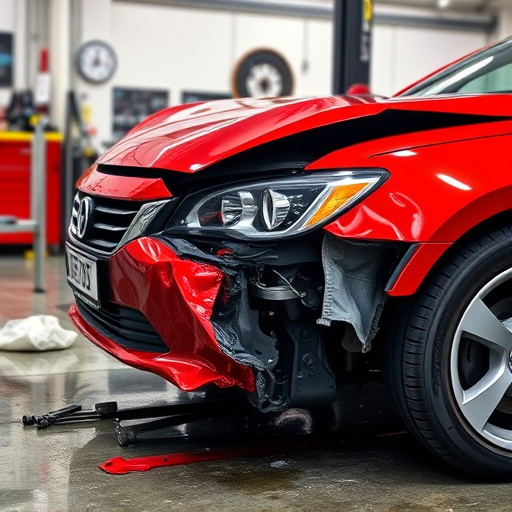
Before diving into a Tesla composite repair, it’s crucial to understand the DIY risks involved. While many enthusiasts and car owners are eager to tackle tasks themselves, composite materials used in modern vehicles like Teslas require specialized knowledge and tools. Composite repair differs significantly from traditional metal or plastic repairs; it involves intricate processes that can be challenging to replicate without proper training. Attempting a Tesla composite repair without the right expertise may lead to subpar results, compromising both aesthetics and structural integrity.
One of the primary risks is misalignment during the repair process. Composites have unique properties that make them more susceptible to warping or cracking if not handled correctly. Moreover, using incorrect techniques or materials can void warranties and cause long-term damage. For these reasons, it’s often recommended to seek professional car collision repair services, especially for extensive vehicle dent repairs or severe car paint services. Remember that a professional touch ensures both safety and longevity for your Tesla.
Professional Solutions: Repair Techniques and Best Practices

When it comes to professional Tesla composite repair, understanding the latest repair techniques and best practices is paramount. Skilled technicians employ a variety of methods tailored to the intricate nature of composite materials used in modern vehicle manufacturing. These techniques include specialized tools, advanced adhesives, and precision-matting strategies to ensure structural integrity and aesthetic excellence.
Automotive body work on Teslas, or any car restoration for that matter, demands meticulous attention to detail. Professionals follow strict protocols for preparation, painting, and finishing to achieve a flawless result. By adhering to these best practices, they not only guarantee the safety of the vehicle but also maintain its original design and value. Ultimately, professional Tesla composite repair services offer owners peace of mind, knowing their vehicles are in capable hands.
When it comes to Tesla composite repair, understanding both the material’s unique properties and common damage types is key. While DIY approaches can be tempting, they come with significant risks. Proper preparation and knowledge are essential for achieving a factory-like finish. Professional solutions, however, offer the best results, ensuring structural integrity and aesthetic precision. By familiarizing yourself with repair techniques and best practices, you’ll make informed decisions, whether opting for professional services or enhancing your DIY skills in Tesla composite repair.
